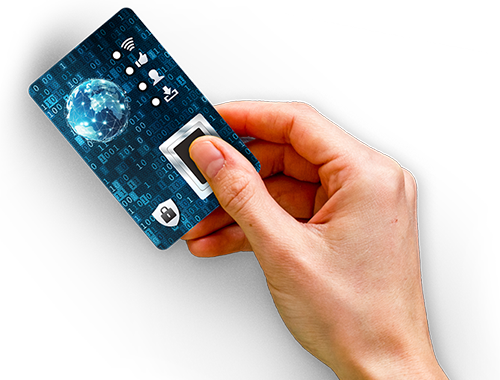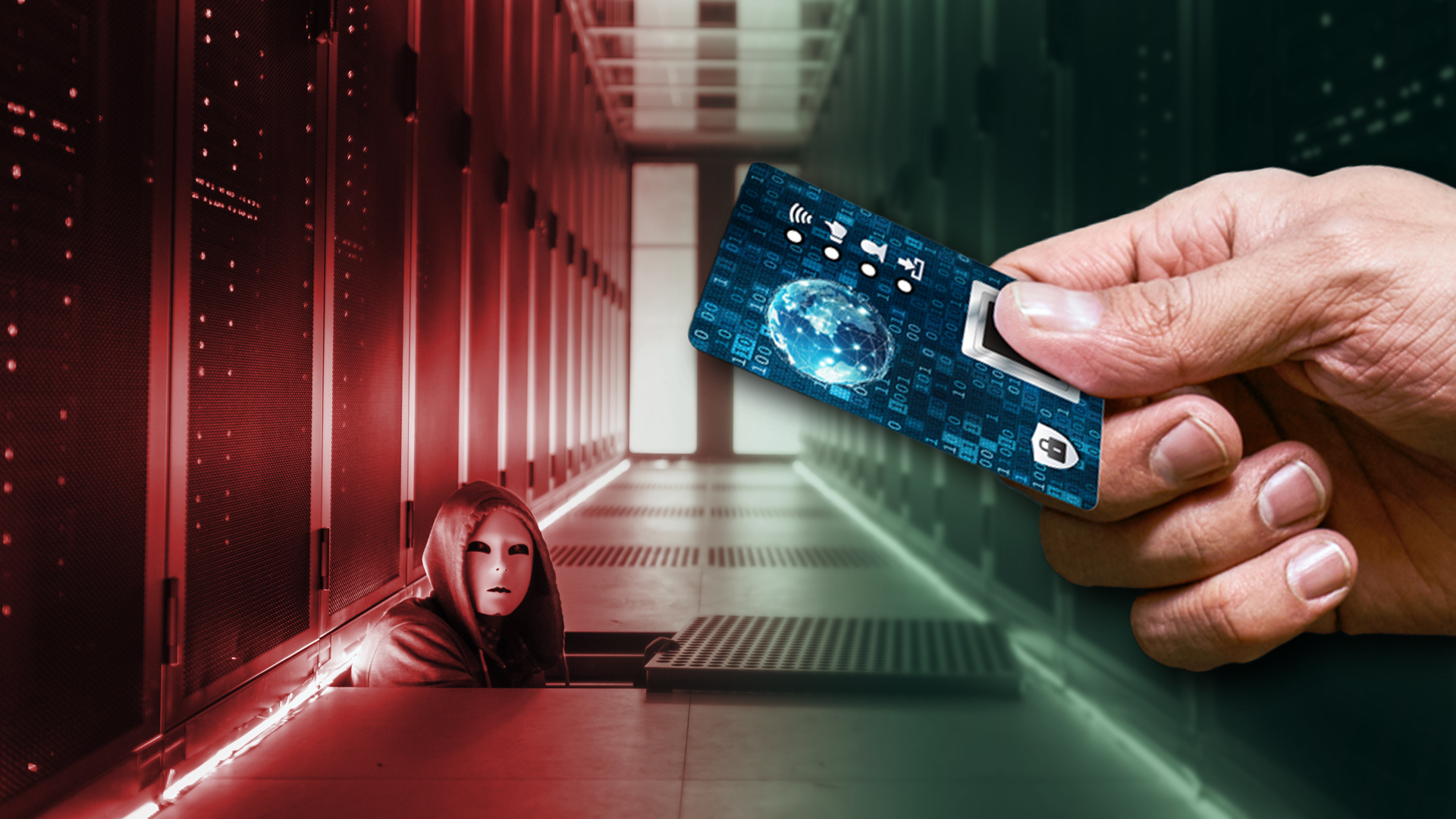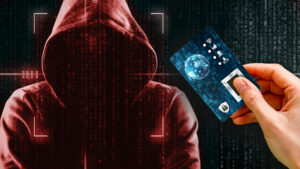- Introduction
- Decentralisation<
- Biometric System-on-Card
- APPSCARD — For Security Sensitive Markets
- Frequently asked questions
How decentralization removes central databases and communication lines attackers targets, restoring integrity and control to the user.
Introduction
Cybercrime causes immense global losses, estimated by trusted parties at more than 5% of world GDP, and is accelerating through artificial intelligence, deepfakes and a myriad of old and new methods.
True digital security requires a verifiable and unforgeable link between identity and action. Among all authentication factors—possession, knowledge, and biometrics—only biometrics can establish a non-transferable personal binding. However, centralized biometric storage exposes massive risk, as breaches compromise millions of immutable identities.
Decentralisation
Decentralization solves this by moving biometric reference storage and matching onto a personal secure device for on-card biometric comparison. In this model, biometric reference data never leaves the card, eliminating databases and reducing insider threats, replay attacks, and impersonation. Even under coercion, tamper detection and presentation attack resistance prevent misuse.
Biometric System-on-Card
Modern Biometric System-on-Card (BSoC) implementations go further by embedding capture, processing, and matching entirely inside the card. The fingerprint never leaves the card during enrollment or verification, and no network or reader sees the biometric data. Access decisions occur within the secure element, restoring full control to the individual while ensuring hygiene and privacy.
APPSCARD — For Security Sensitive Markets
Although BSoC products are available, many commercial cards prioritized cost and speed over security, using small sensors and proprietary algorithms. APPSCARD’s approach integrates a sensor compliant with ISO/IEC 17839-2 Class D specifications and a certified algorithm into a fully decentralized architecture trusted by governments and enterprises. The result: certified components, supervised enrollment, custom JavaCard applets, and zero network dependency.
Real-world applications demonstrate prevention by design: database breaches become irrelevant, insider misuse impossible, and stolen devices useless. The Biometric System-on-Card replaces centralized vulnerability with personal sovereignty—empowering users and organizations to secure assets and identities through decentralization.





